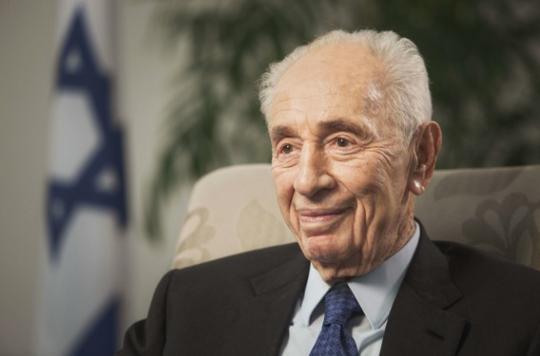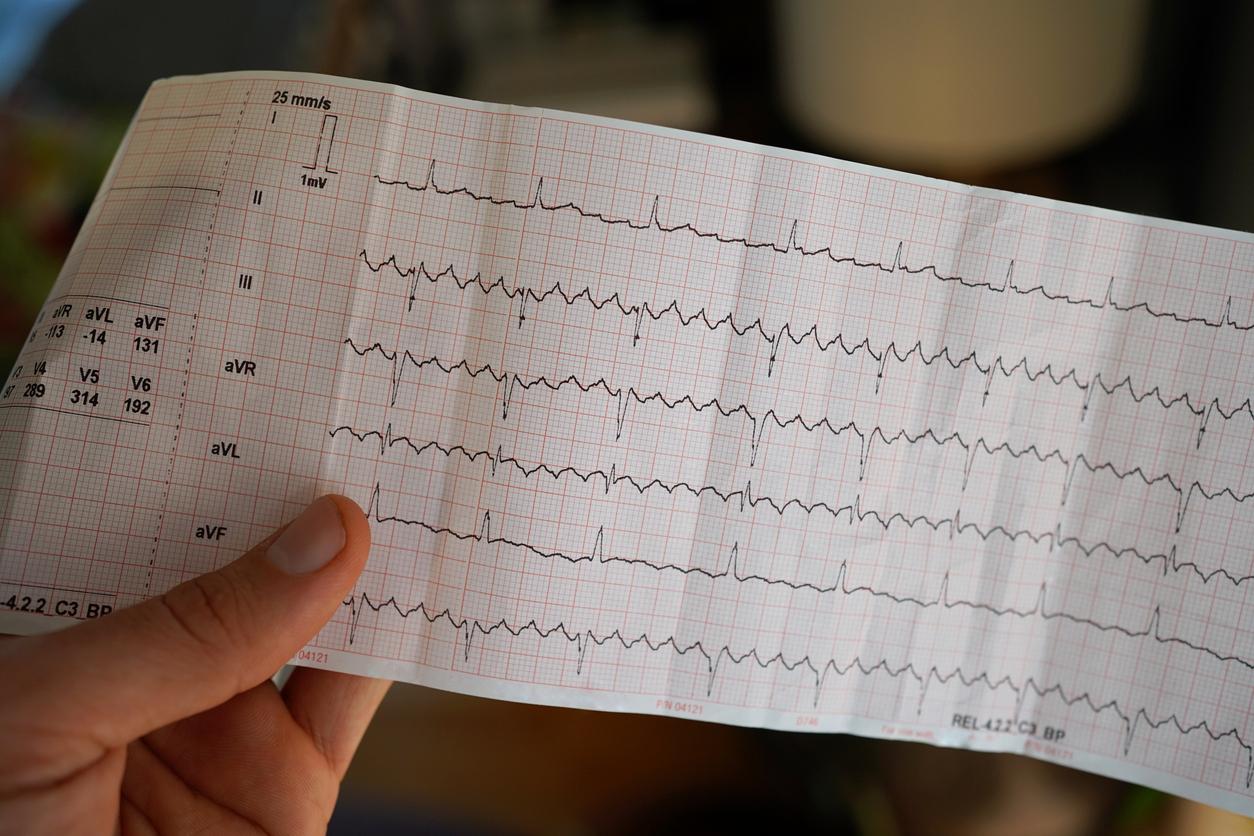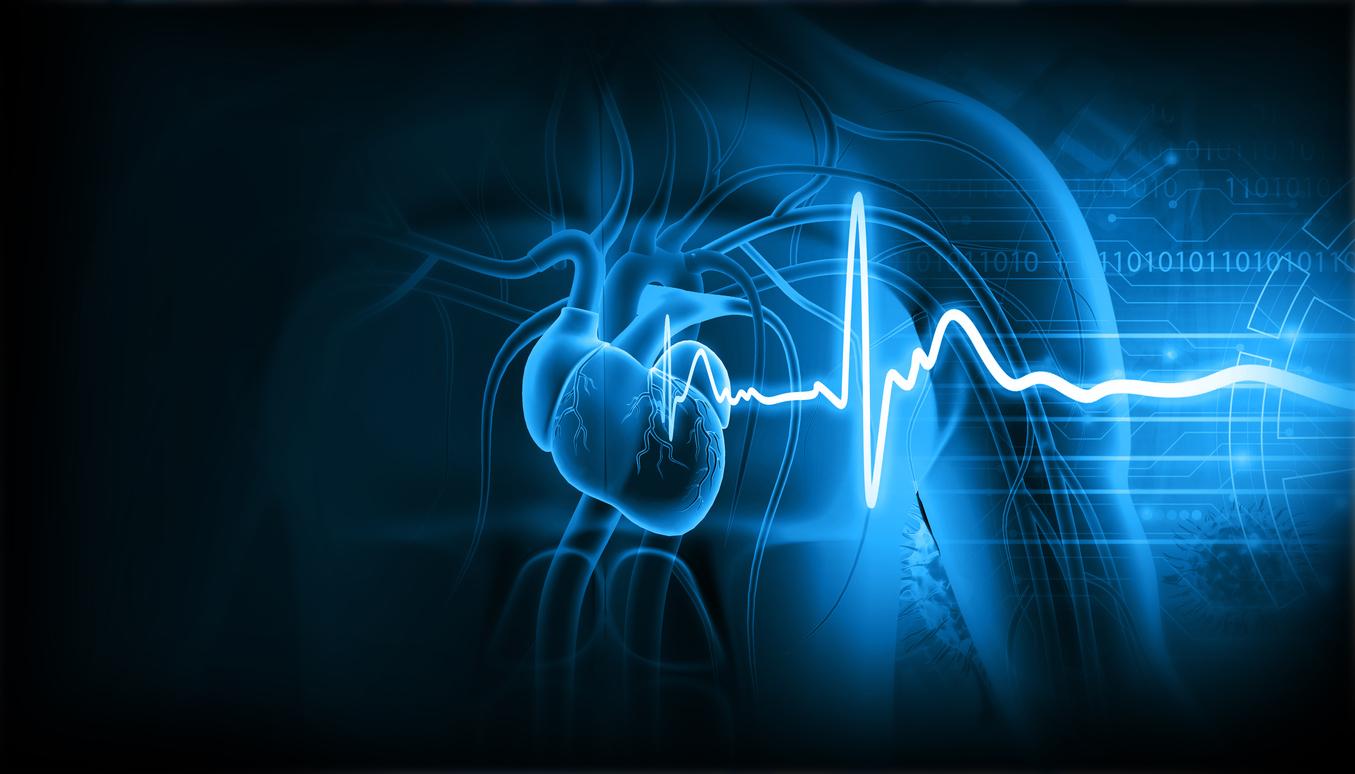Former Israeli President and Nobel Peace Prize winner Shimon Peres, 92, was hospitalized over the weekend with heart trouble.

Former Israeli President Shimon Peres spent the night from Sunday to Monday in Tel Aviv hospital, following chest pains and heart problems known as “arrhythmias”.
The man, aged 92, is said to be conscious; his hospitalization was decided as a precaution, in order to place him under observation and to carry out analyzes, specifies the press release of a spokesperson.
2nd hospitalization in two weeks
“He felt a little discomfort and we diagnosed him as having some difficulty with his heartbeat, called atrial fibrillation. He was brought to the hospital (…) and it has already disappeared spontaneously without even needing any treatment, ”Rafi Walden, his personal doctor and son-in-law, told the press.
This is the second time, in two weeks, that the architect of the Oslo peace accords (1993), also Nobel Peace Prize winner (1994), has been hospitalized. Last Tuesday, he was released from the hospital after spending five days there and undergoing an operation, following a “heart alert”.
A frequent and potentially severe disorder
Arrhythmias are a relatively severe heart disorder. The atrial fibrillation, which affects Shimon Peres, is one of the most common forms. Normally, the atria and ventricles of the heart contract under the effect of an electrical impulse, at a regular rate of 60 to 100 beats per minute at rest.
In atrial fibrillation, these pulses are too frequent, causing very fast and jerky contractions of the atria, as well as acceleration of the ventricles, which start to beat fast and irregularly. Atrial fibrillation can cause more than 150 heartbeats per minute.
Atrial fibrillation most often occurs after the age of 60, in people with high blood pressure or heart problems. It is estimated that around 10% of people over the age of 80 suffer from it. This pathology is attributed to the wear and tear of the conductive tissue of the heart.
These disorders can occur in chronic episodes, which sometimes last several days, between which the rhythm of the heart is regular. They can also be permanent – the irregularity of the heart contractions is then constant. Other factors can promote the development of this disorder, such as hormonal or kidney problems, obesity and diabetes.
This disorder should be watched closely. Indeed, it can be at the origin of the formation of a blood clot, and cause a cerebrovascular accident.

.
















